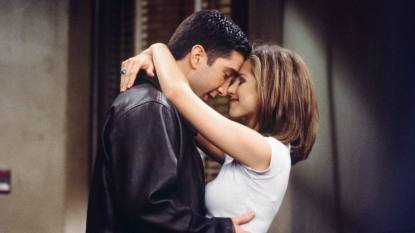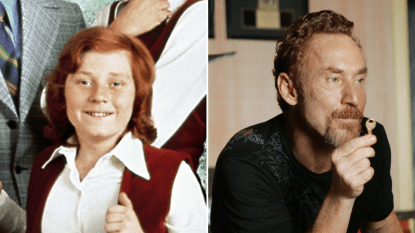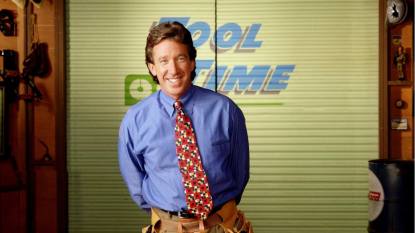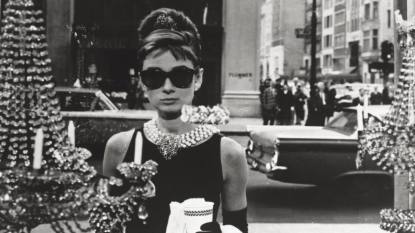‘It’s a Wonderful Life’: Little-Known Facts About the Holiday Classic
Take a deep dive into the Hollywood classic with original casting choices, behind-the-scenes info and more
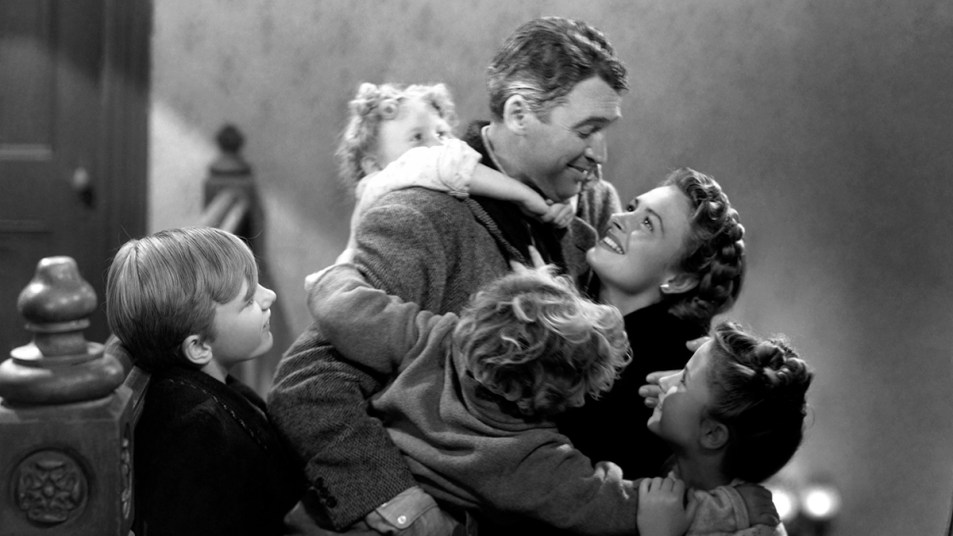
What can be said about 1946’s It’s a Wonderful Life that hasn’t been said before? Well, as it turns out, quite a lot, with little details sneaking out here and there providing even more insight into the making of this holiday classic. The plot, of course, has all the elements we’re familiar with: George and Mary Bailey (James Stewart and Donna Reed), the machinations of Mr. Potter (Lionel Barrymore), Clarence the guardian angel (Henry Travers), George’s opportunity to see the true impact he’s had on the world and Clarence’s message to George, “No man is a failure who has friends.”
Jeanine Basinger, film historian and professor and author of The It’s a Wonderful Life Book, explains, “In the end, when George is made to realize that his life meant something very important to a great many people, and that without him they would not have had the joy or the success or the security in life, it’s brought home to him. He is valuable to people, his life has meant something. This is something that doesn’t go away. It might become unfashionable. It might get labeled sentimental, whatever, but it doesn’t actually go away, and this film has that, and because it comes wrapped in a lot of great humor, with some really great people playing in every single role, it connects.” And it continues to do so, generation after generation.
Join us as we celebrate It’s a Wonderful Life with a look back at 10 facts about the film.
1. It’s a Wonderful Life began as a Christmas card
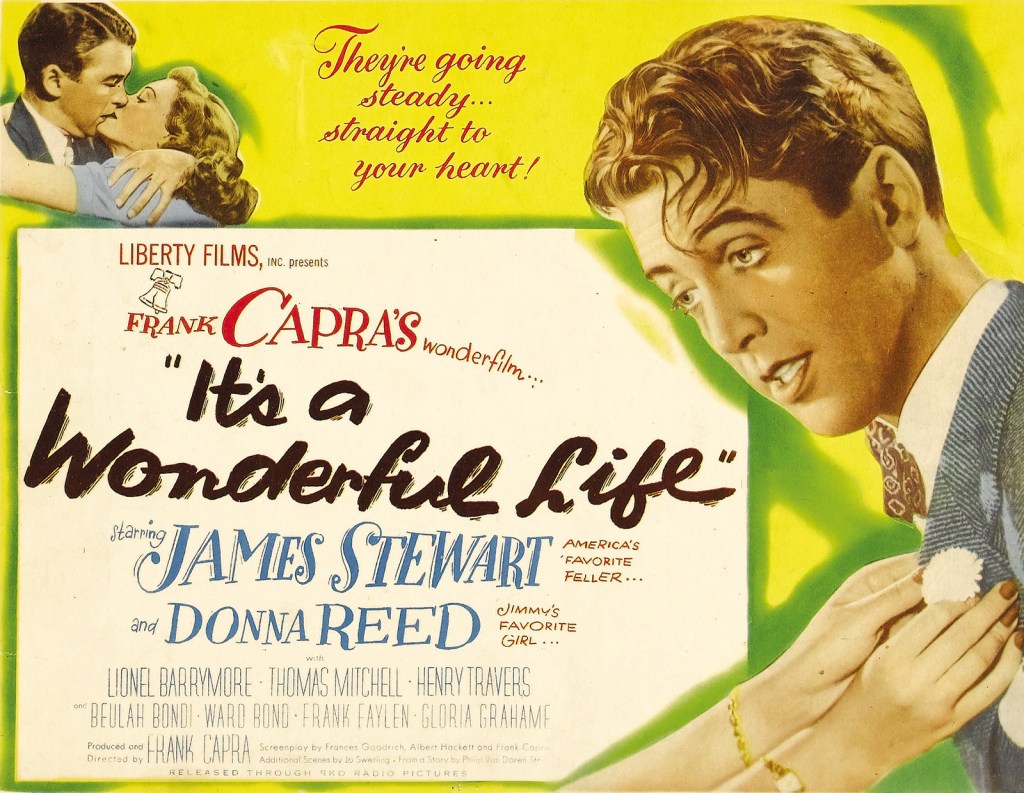
What probably isn’t widely known is the fact that the idea for It’s a Wonderful Life, which in itself was inspired by A Christmas Carol, came from a Christmas card from writer and Civil War historian Philip Van Doren.
In 1943 he wrote a short story titled “The Greatest Gift,” and had it printed up as part of that year’s Christmas card. Two hundred copies were printed and mailed to family and friends, and somehow it came to the attention of RKO Radio Studios, who purchased the rights for $10,000.
2. Cary Grant could have been George Bailey
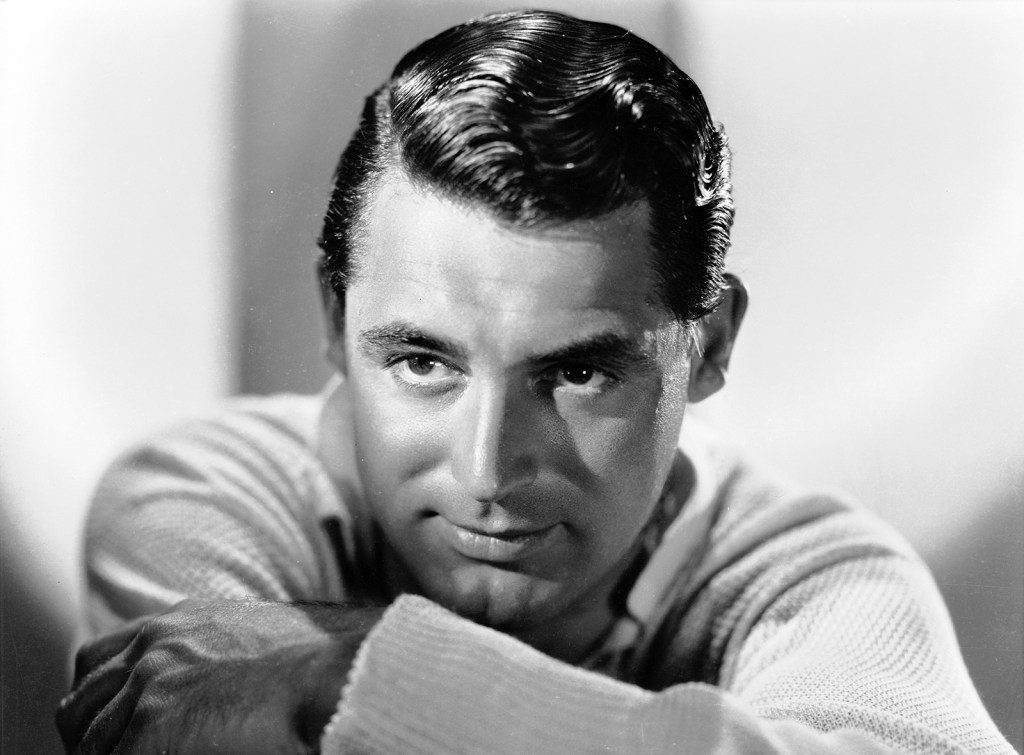
When RKO acquired “The Greatest Gift,” their idea was to cast Cary Grant — currently subject of the bio-series Archie — and make it their big holiday film of 1947. However, development took so long that the actor decided, instead, to shoot The Bishop’s Wife. The departure of Grant did nothing to speed things up; in fact three different screenplays were developed, but nothing happened with any of them.
3. Mary could’ve been played by a number of actresses
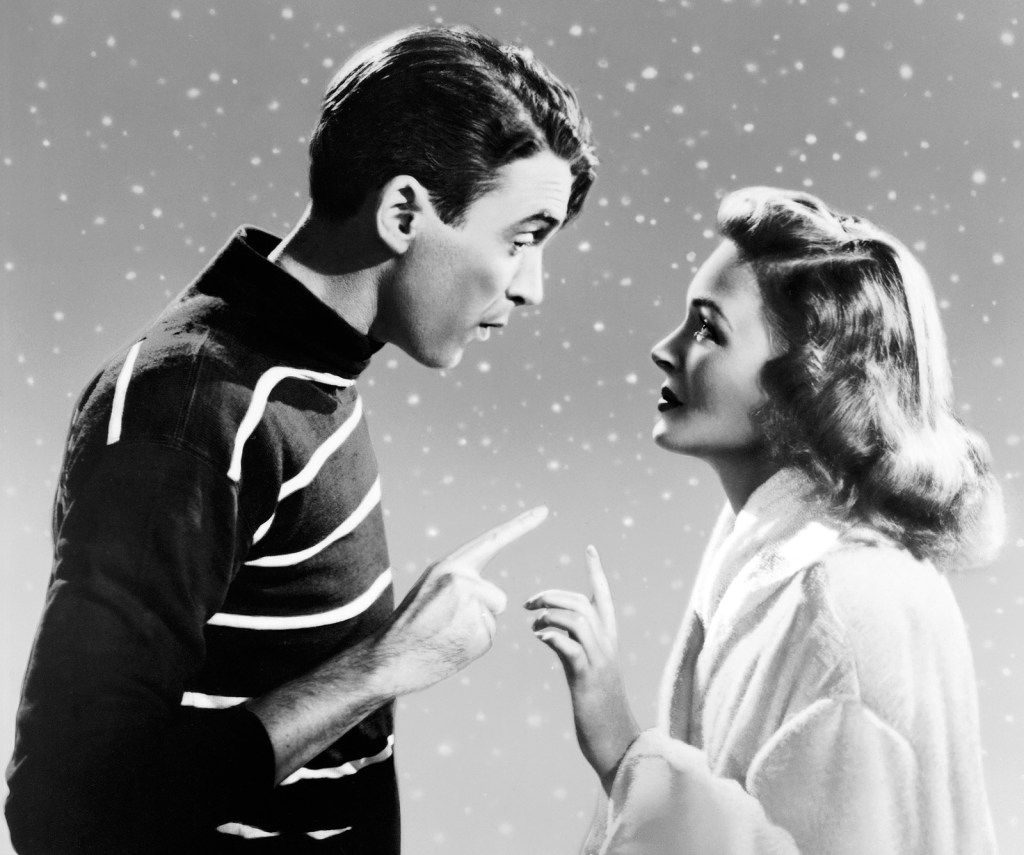
Donna Reed, everyone probably agrees, was absolutely perfect as Mary in It’s a Wonderful Life, but through the development process there were a number of other possibilities being pursued.
Jean Arthur, who had co-starred with James Stewart in You Can’t Take It With You and Mr. Smith Goes to Washington, was the top choice of director Frank Capra, but she was taking a break from performing due to exhaustion. Other names included Olivia de Havilland, Ann Dvorak, Ginger Rogers and Martha Scott, but in the end the director chose to “borrow” (a term for actors being allowed out of an exclusive contract for a single film) Reed and the rest is movie history.
4. Vincent Price as Mr. Potter?
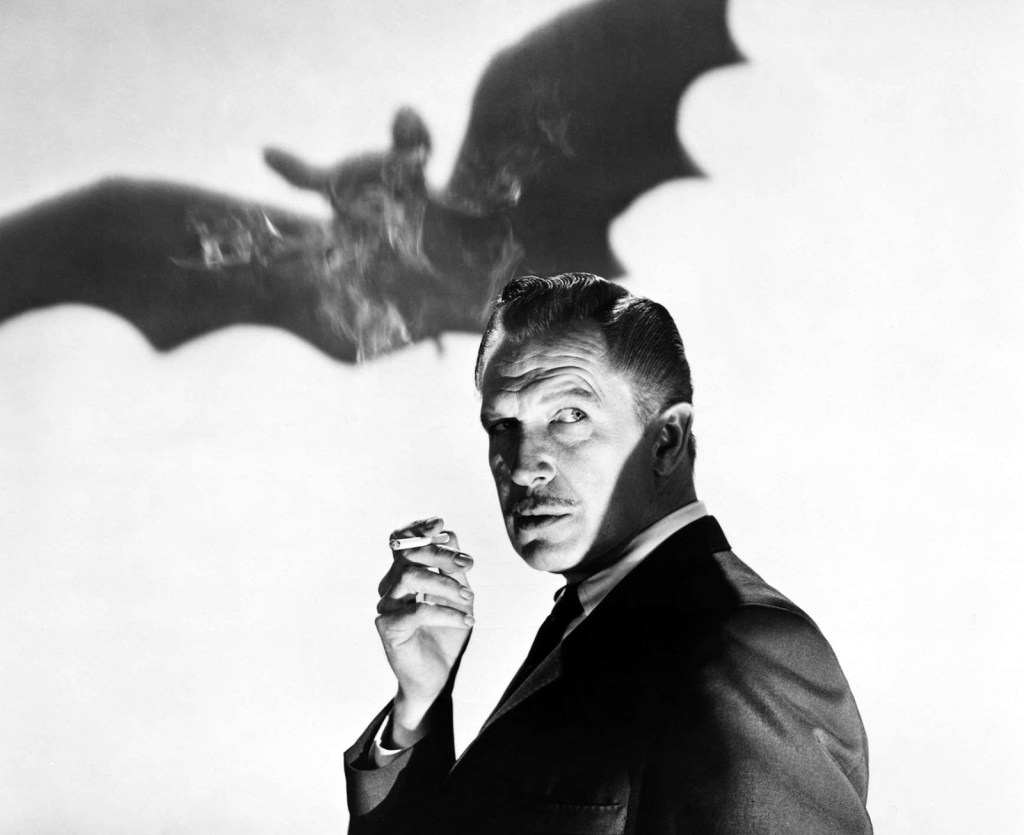
Somebody else in the role of Mr. Potter besides Lionel Barrymore? Impossible, you say, but there were actually other actors considered. Among them were Vincent Price, known throughout his career for roles in horror films; Edward Arnold, Edgar Buchanan, Raymond Massey and Thomas Mitchell. We’re with the decision to go with Barrymore, but one could imagine the more understated performance Price would have given the character, his machinations more subtle.
5. Frank Capra brings life to Life
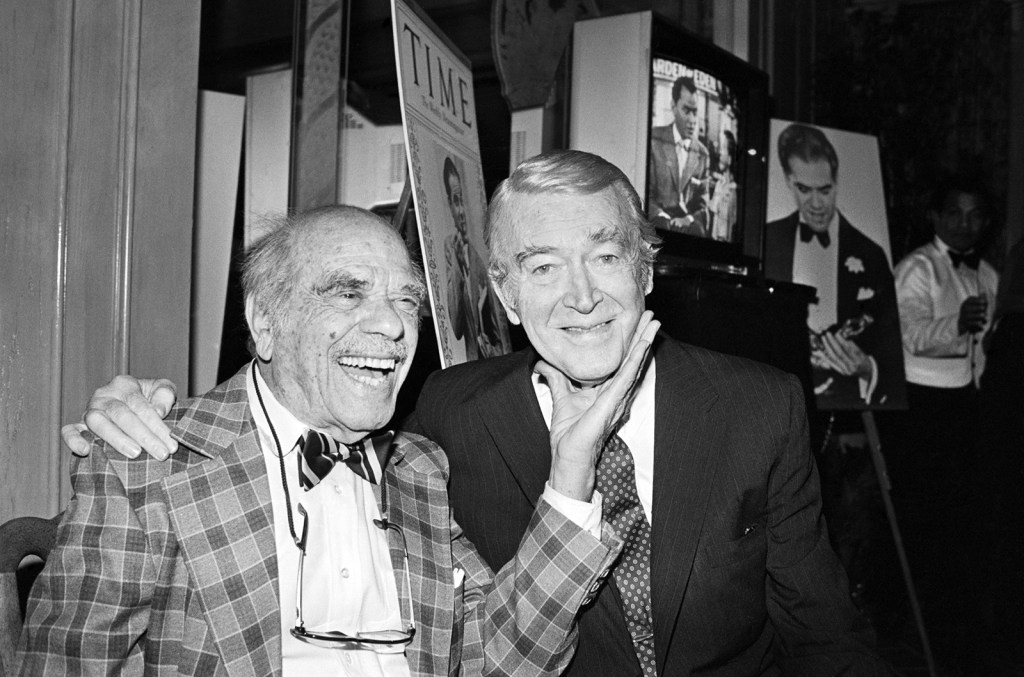
By the time Frank Capra came to the project, he had already directed films like Lady for a Day (1933), It Happened One Night (1934), Lost Horizon (1937) and Mr. Smith Goes to Washington (1939), which starred James Stewart.
When he came across the script for “The Greatest Gift” at RKO, he immediately envisioned how it could be brought to life. The studio sold the story and the existing scripts to him for the same $10,000 they paid for the story, and at that moment a Hollywood classic began the journey to realization as the filmmaker used elements of the different scripts, created characters like Mr. Potter, worked to make Bedford Falls feel like a real place and, just as importantly, retitled the project It’s a Wonderful Life.
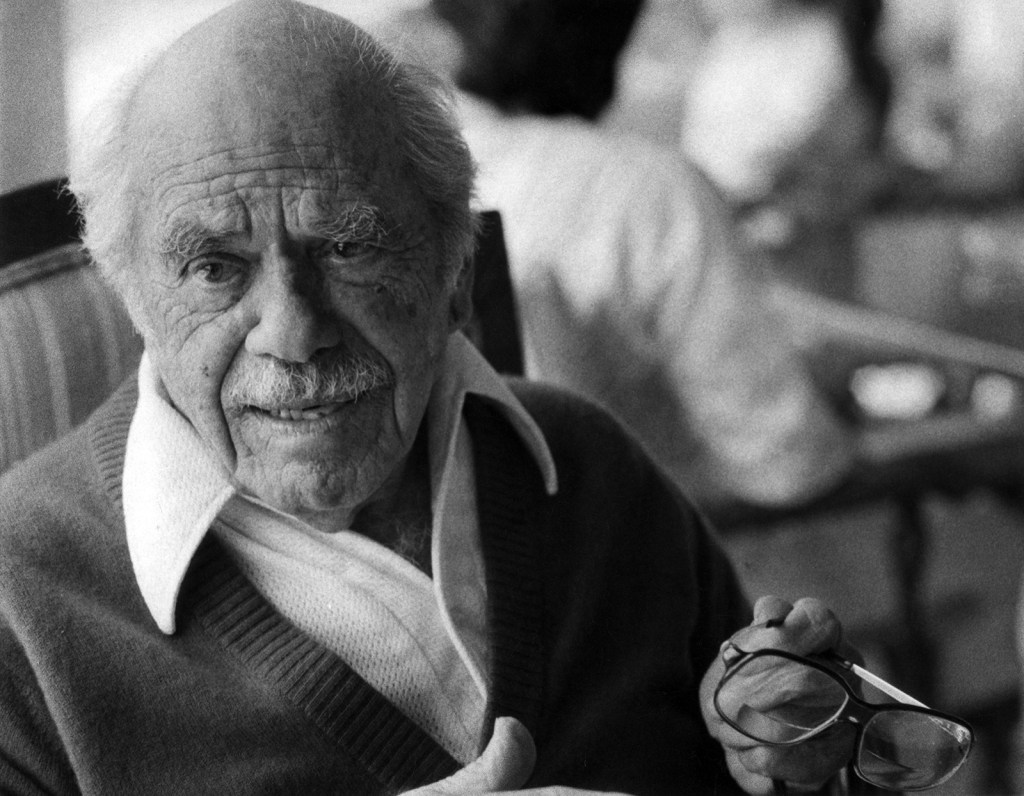
“I love that film,” Capra would later say. “It’s my favorite film, and in a sense it epitomizes everything I’d been trying to do and say in my other films, only it does it very dramatically with a very unique story. The importance of the individual is the theme that it tells, and that no man is a failure and every man has something to do with his life. If he’s born, he’s born to do something.”
6. Capra only saw Stewart as Bailey
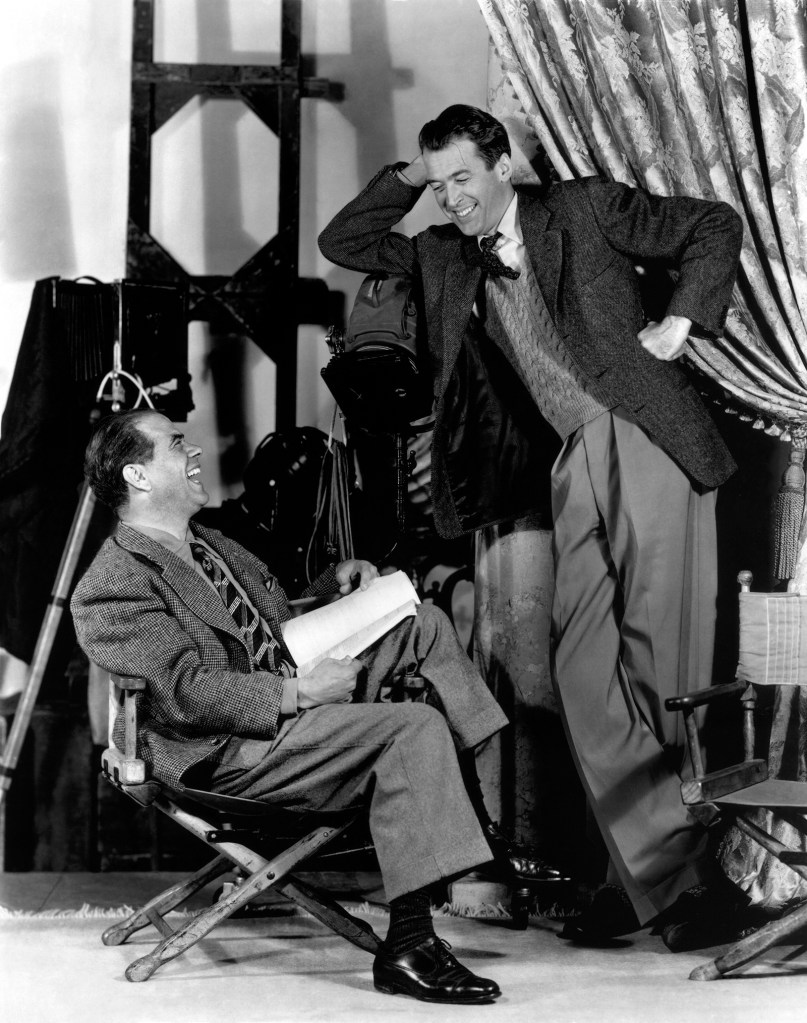
While narrating The Making of It’s a Wonderful Life, Happy Days star Tom Bosley comments, “Capra only had one George Bailey in mind: James Stewart. They don’t come much more likable than Jimmy Stewart. His characters on screen are honest and direct and friendly, but Frank Capra saw a darker personality beneath Stewart’s All-American charm. He knew that Stewart could not only handle the lighter moments of the film, but that he could also be convincing as a man sinking into bitterness and despair. Frank Capra was the first to see all the facets of this remarkable actor and to reveal them to the world.”
7. The Impact was huge for James Stewart and Donna Reed
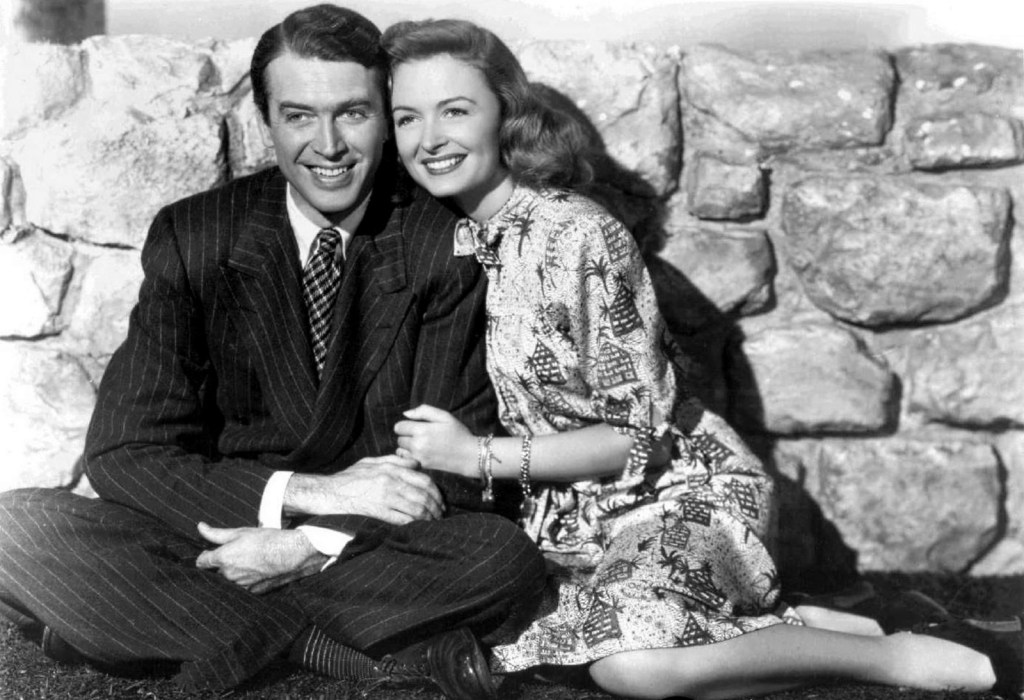
While the film may not have been a box office success during its original theatrical release, over the decades it has become one of filmdom’s most beloved classics, and it certainly had an impact on the careers of lead actors James Stewart and Donna Reed.
“This movie made an icon of Donna Reed,” says Jeanine Basinger. “People may or may not watch From Here to Eternity, which she’s in, but they are watching this movie. And she’s lovely. She was the perfect choice for this part. I think it made a huge impact on her career.
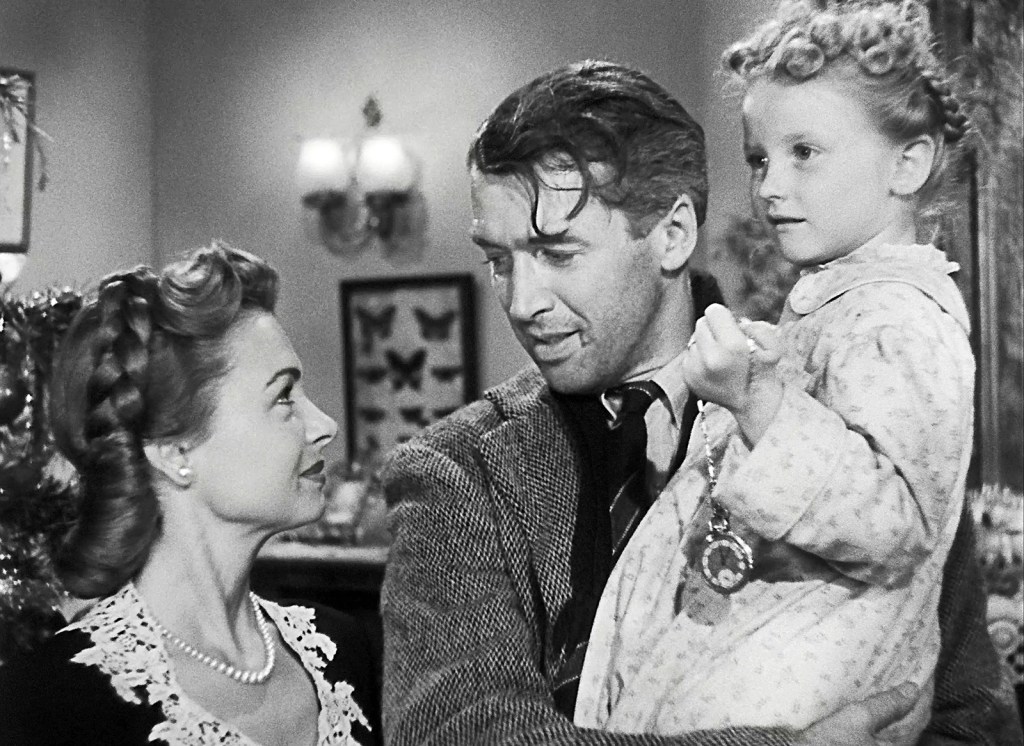
“And for Jimmy Stewart,” she continues, “there is so much to his career. His work with Capra, his work with director Anthony Mann, his work with Alfred Hitchcock, and everything else he did. Plus his personal life — becoming a brigadier general in World War II — the man is pretty phenomenal and the perfect person for George Bailey. Frank never considered anybody else for the role. It’s part of his legend, but it isn’t his only legend. He has Mr. Smith Goes to Washington, he has Vertigo and Rear Window. There’s just so much to him.”
RELATED: Jimmy Stewart Movies: 10 of the Legendary Actor’s Most Impressive Star Turns
8. It’s a Wonderful Life changed Frank Capra’s life, too
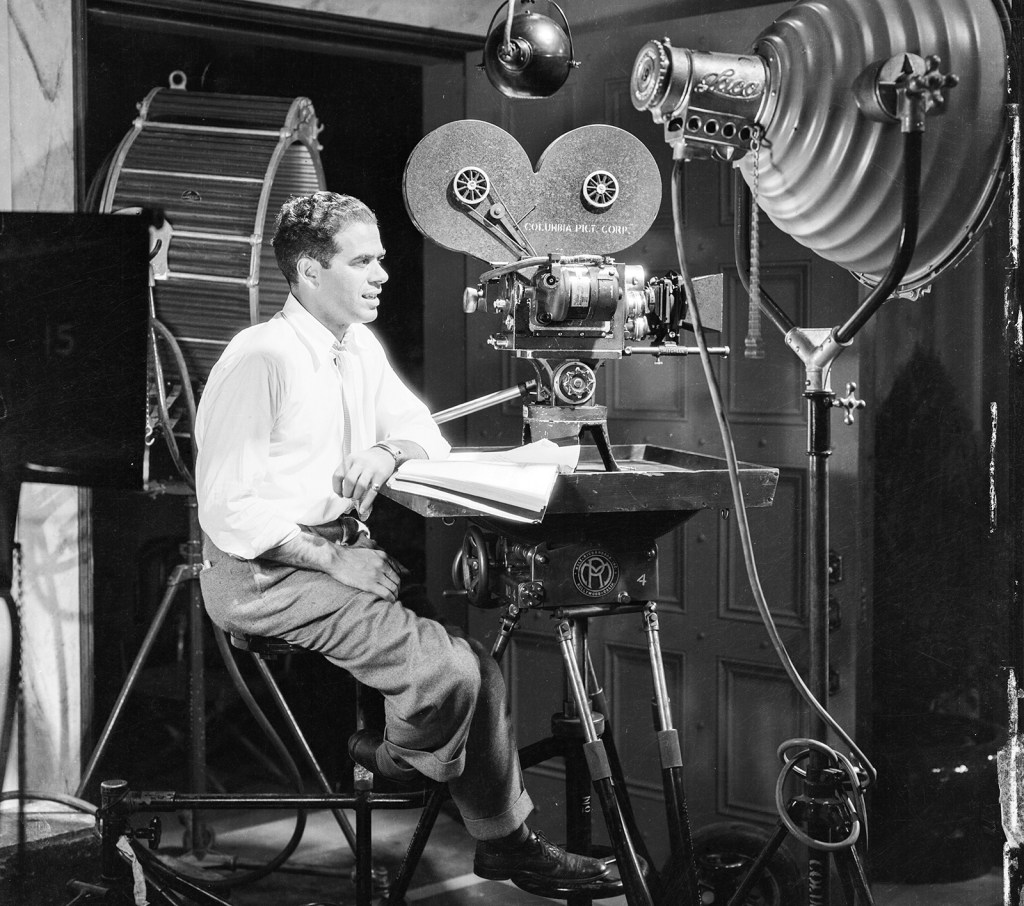
Notes Basinger, “For Capra, this is the movie that kept all of his other films alive, and this is the movie that brought him into his old age with great feeling — which he did not expect to happen. He said he woke up one morning and a letter came saying somebody had seen It’s a Wonderful Life on TV, and they loved it. He said, ‘I sat down to answer that letter and I never got up out of that chair again.,’ because people kept writing and it re-birthed his fame. He started going to college campuses, talking to students and he came alive again. It really, I believe, was related to this.”
9. Reed’s daughter believes Stewart blamed Her mother for the film’s lackluster box office
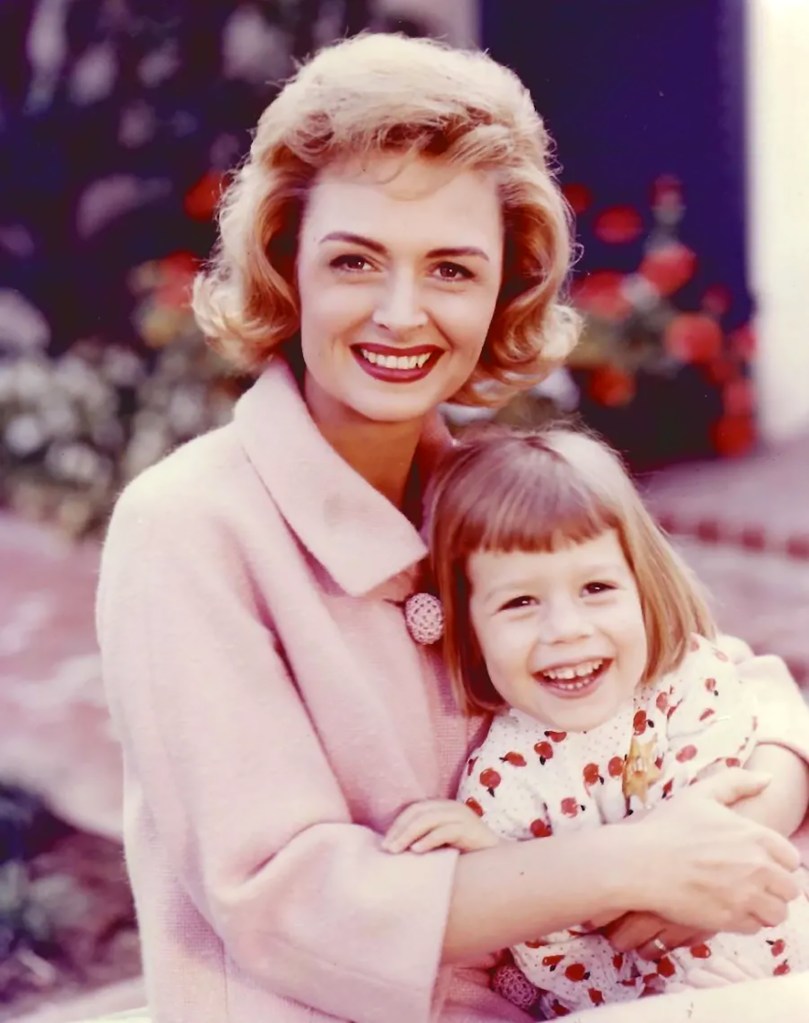
Impossible to believe, the film was not a hit on first release, failing to connect with the audience. What’s just as surprising is that James Stewart actually blamed its failure on Donna Reed.
“I don’t like to mention this,” says her daughter, Mary Anne Owen, “but Capra and Jimmy Stewart had this whole success together before the war with Mr. Smith Goes to Washington and all of that. Everyone participated in the war effort, but especially those two and they were gone from Hollywood for four or five years. There was a lot of insecurity on the set, because Jimmy Stewart wasn’t sure if he wanted to act anymore. He thought it was too frivolous, but Lionel Barrymore and others talked him into it.
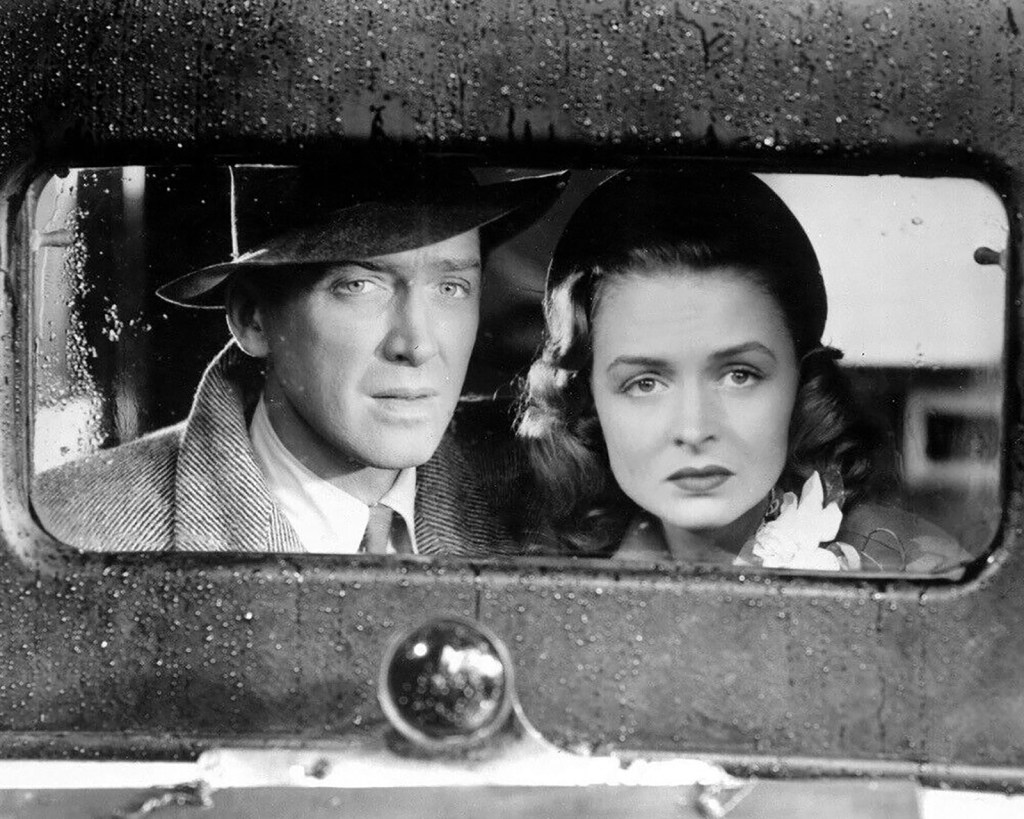
“So,” she adds, “there was this insecurity on the set and mom was really not that well known. I mean, she was only 25 and I think she signed her MGM contract at 21. But she still didn’t understand why there was so much insecurity and then Jimmy Stewart couldn’t understand why the movie didn’t do well, but that’s why they never did another movie together. He blamed her, because she wasn’t as well known. She was quite happy when it came out. I mean, she passed away in ’86, but by the early ‘80s it was on constantly. We always watched at Christmas and she was so happy that it was so popular.”
10. It’s a Wonderful Life was public domain … until it wasn’t
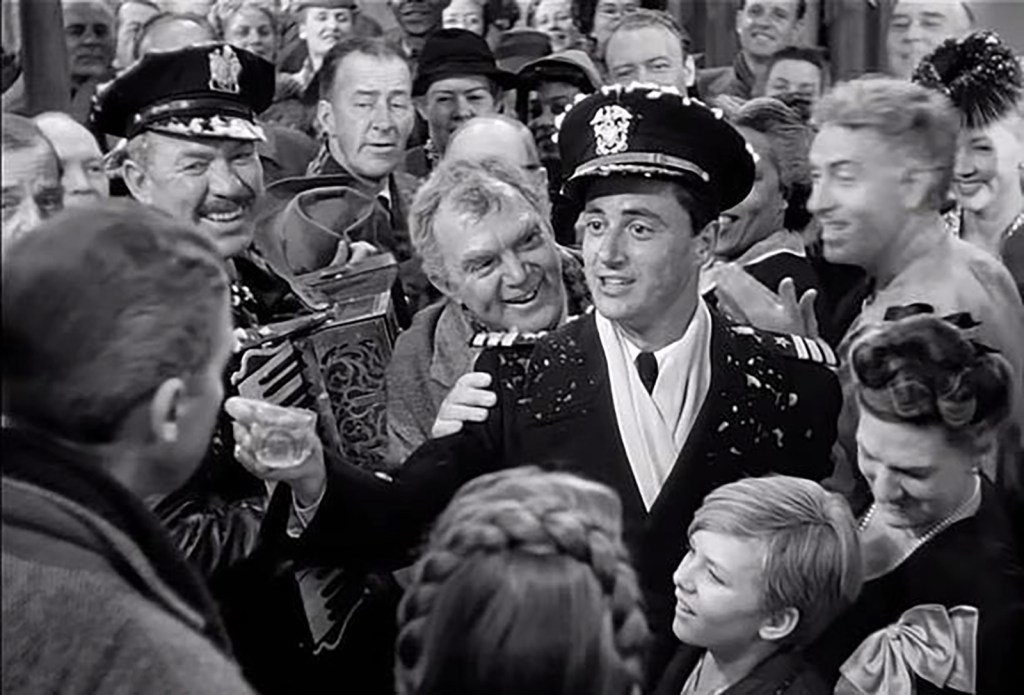
The way the nation’s copyright law used to work was that notice had to be precise, and if it wasn’t, a creative piece would slip into the public domain (meaning that anybody can do anything with it). This is what happened in 1974 with It’s a Wonderful Life, which meant that any television station that wanted to air it, could do so without paying royalties.
It’s the reason why there was a time on Christmas when you could finish the film on one channel, flip to another to catch the middle of the film, then switch to another to catch the ending again — and every time we would cry when Harry Bailey proclaimed his brother George to be the richest man in town!
But then NBC ruined everything by acquiring the copyright to the original story It’s a Wonderful Life was based on, “The Greatest Gift,” which meant that no one but them could air the film. That could have been the end of an era, until the film became available on DVD and Blu-ray and available any time we want it. As it should be.
Read on for more Christmas stories, keep reading…
8 Best Christmas TV Show Episodes, Ranked — Guaranteed to Make You Feel Extra Jolly!
You’ll Shoot Your Eye Out! See ‘A Christmas Story’ Cast Then and Now


